Growing Demand for Functional Foods
The fruit pectin market is poised for growth due to the increasing demand for functional foods that offer health benefits beyond basic nutrition. Consumers are becoming more aware of the role that dietary fibers, such as those found in fruit pectin, play in digestive health and overall well-being. The functional food market is projected to grow at a CAGR of around 8% in the coming years, which could significantly impact the fruit pectin market. As manufacturers seek to enhance the health profiles of their products, the incorporation of fruit pectin as a source of soluble fiber is likely to become more prevalent. This trend not only supports the growth of the fruit pectin market but also aligns with the broader movement towards healthier eating habits.
Rising Interest in Plant-Based Diets
The fruit pectin market is likely to benefit from the rising interest in plant-based diets among consumers. As more individuals adopt vegetarian and vegan lifestyles, the demand for plant-derived ingredients is increasing. Fruit pectin, being a natural polysaccharide sourced from fruits, aligns well with this dietary shift. The market for plant-based food products is expected to grow by approximately 10% annually, which could lead to a corresponding increase in the use of fruit pectin in various applications, including dairy alternatives and confectionery. This trend indicates a promising future for the fruit pectin market, as manufacturers explore innovative ways to incorporate pectin into plant-based formulations, enhancing both texture and nutritional value.
Expansion of the Food Processing Sector
The expansion of the food processing sector in the United States is significantly impacting the fruit pectin market. As the demand for processed foods continues to rise, the need for natural gelling agents like fruit pectin becomes increasingly critical. The food processing industry is projected to grow at a CAGR of around 4% over the next five years, creating a robust market for fruit pectin. This growth is driven by the increasing consumption of jams, jellies, and other fruit-based products, which rely heavily on pectin for texture and stability. Consequently, the fruit pectin market is poised to benefit from this expansion, as manufacturers seek to incorporate pectin into a wider array of products to meet consumer preferences for quality and taste.
Growing Popularity of Clean Label Products
The fruit pectin market is experiencing a notable shift towards clean label products, driven by consumer demand for transparency in food ingredients. As consumers become increasingly health-conscious, they seek products that are free from artificial additives and preservatives. This trend is reflected in the food industry, where clean label products have seen a growth rate of approximately 15% annually. The fruit pectin market benefits from this trend, as pectin is a natural gelling agent derived from fruits, aligning perfectly with the clean label movement. Manufacturers are responding by reformulating products to include fruit pectin, thereby enhancing their appeal to health-oriented consumers. This shift not only boosts sales but also encourages innovation in product development, as companies strive to meet the evolving preferences of their customer base.
Increased Regulatory Support for Natural Ingredients
The fruit pectin market is experiencing a favorable environment due to increased regulatory support for natural ingredients in food products. Regulatory bodies are promoting the use of natural additives over synthetic alternatives, which is likely to enhance the market for fruit pectin. This shift is evident in recent guidelines that encourage food manufacturers to adopt natural gelling agents, thereby reducing the reliance on artificial substances. As a result, the fruit pectin market is expected to see a surge in demand as companies align their product formulations with these regulations. This regulatory support not only fosters consumer trust but also encourages innovation in the development of new fruit pectin applications across various food segments.


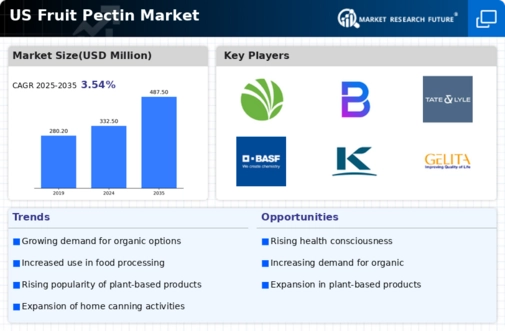
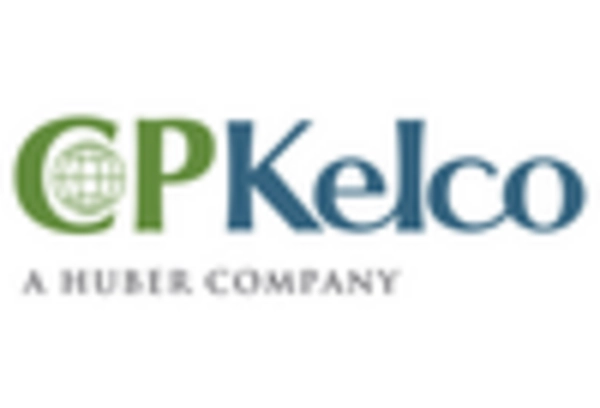
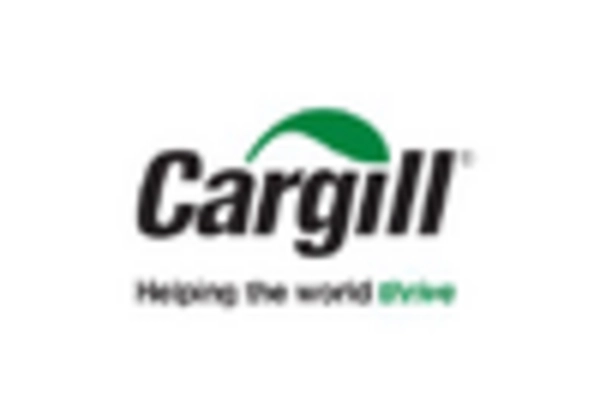
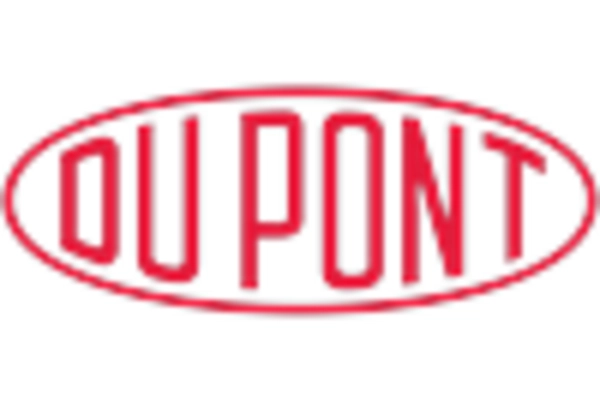
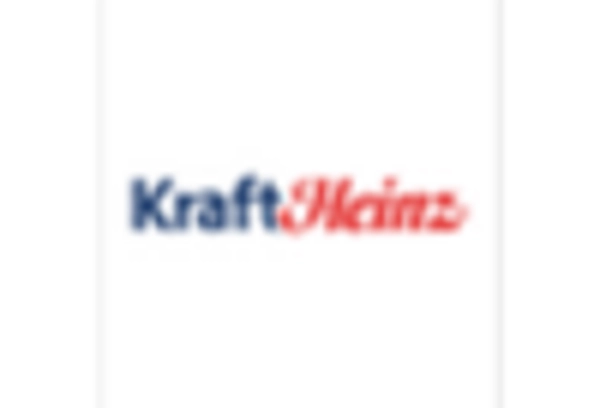










Leave a Comment